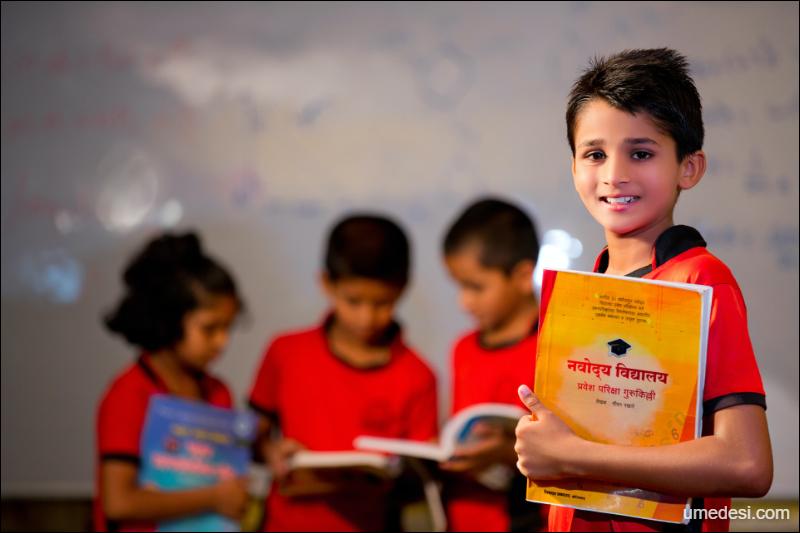In ancient Indian traditions, they believed that everyone must treat life as being in 4 stages. This was not a requirement but a suggestion in order for everyone to lead a fulfilling life. Let us look at what these are…
According to ancient Indian teachings, there are four main stages of life, known as “ashramas” that an individual is expected to follow during their lifetime. These stages provide a framework for personal growth, social responsibilities, and spiritual development.
The four ashramas are:
Brahmacharya

This stage is focused on education, self-discipline, and celibacy. It begins with childhood and extends into youth. During this period, individuals receive formal education, develop moral values, and cultivate skills necessary for later stages of life. Brahmacharya emphasizes learning, character building, and the pursuit of knowledge under the guidance of a teacher or guru.
Grihastha

This stage represents the householder phase, where an individual enters into married life, establishes a family, and takes up worldly responsibilities. It involves fulfilling societal duties, raising children, pursuing a career, and contributing to the welfare of the family and society. Grihastha emphasizes the pursuit of material wealth, balancing worldly responsibilities, and leading a righteous and ethical life.
Vanaprastha

This stage marks the transition from worldly life to a more contemplative and detached existence. After fulfilling family and social obligations, individuals gradually withdraw from their active roles and responsibilities. Vanaprastha is a period of semi-retirement and self-reflection, where individuals focus on spiritual practices, meditation, and seeking higher truths. They may undertake pilgrimages, engage in introspection, and prepare themselves for the final stage of life.
Sanyasa

This stage represents complete renunciation and detachment from worldly affairs. Sanyasa is characterized by a renunciate lifestyle, where individuals relinquish material possessions, social ties, and all attachments. They dedicate themselves fully to spiritual pursuits, seeking liberation (moksha) from the cycle of birth and death. Sannyasis live a life of simplicity, meditation, and service to humanity, detached from the material world.
It’s important to note that these stages are not strictly followed by everyone in contemporary society, and their interpretation and application may vary. However, they continue to hold significance as a traditional framework for understanding the different phases of life and the progression towards spiritual growth and enlightenment in ancient Indian teachings.
These are ancient principles, and perhaps worked fine in ancient times. Then how does one use these guidelines in today’s world?
Here’s how it could look:
- Brahmacharya (Student Stage): In modern times, the Brahmacharya stage can be seen as a period of education and skill development. Individuals, both young and old, can focus on acquiring knowledge, pursuing higher education, and developing vocational skills. This stage involves a commitment to learning, discipline, and personal growth. It can be a time for individuals to explore their interests, gain expertise in their chosen fields, and cultivate a strong foundation for the future.
- Grihastha (Householder Stage): The Grihastha stage pertains to building a family and contributing to society. In modern times, it involves establishing a career, starting a family, and actively participating in one’s community. Balancing personal and professional responsibilities becomes crucial. Individuals can strive for harmonious relationships, support their families, contribute to social welfare, and maintain ethical conduct. The Grihastha stage encourages finding a meaningful balance between personal aspirations, familial obligations, and societal engagement.
- Vanaprastha (Retirement Stage): The Vanaprastha stage represents a gradual transition from active worldly pursuits to a more reflective and spiritually focused life. In modern times, it can be viewed as a phase of personal introspection, self-discovery, and a shift towards a more contemplative lifestyle. While retirement from work may be a part of this stage, it is more about redirecting one’s energy towards personal growth, spiritual practices, and the pursuit of inner fulfillment. It can involve activities like meditation, yoga, engaging in social service, and sharing wisdom and experiences by mentoring younger generations.
- Sanyasa (Renunciate Stage): The Sanyasa stage traditionally involved complete renunciation of worldly attachments and dedicating oneself solely to spiritual pursuits. In modern times, it can be seen as a period of deepening spiritual exploration and detachment from material desires. While not everyone may adopt a renunciate lifestyle, individuals can still cultivate qualities of detachment, mindfulness, and focus on spiritual growth. This stage may involve a retreat or sabbatical to engage in intensive spiritual practices, seeking guidance from spiritual mentors, and contributing to the well-being of society through spiritual wisdom and teachings.
In modern times, individuals can adapt these stages to suit their personal circumstances and aspirations. It’s important to understand that the stages are not strictly sequential, and there can be overlaps and variations depending on individual choices and life situations.
The essence lies in integrating the teachings of self-development, responsibility, and spiritual growth into daily life, ultimately leading to personal fulfillment and contributing positively to society.
By consciously incorporating elements from these ancient teachings, individuals in modern times can seek balance, purpose, and spiritual nourishment, fostering personal growth, and enhancing their overall well-being.
